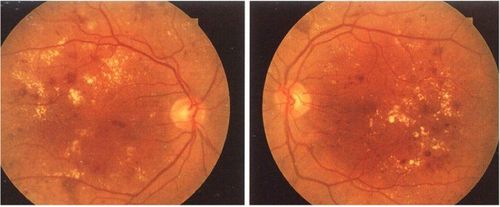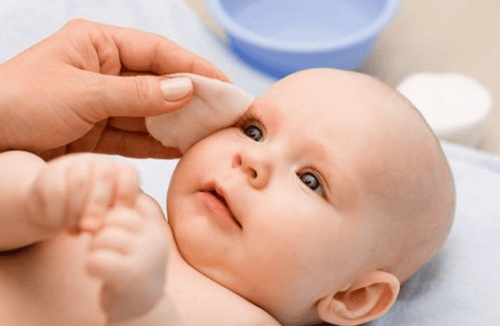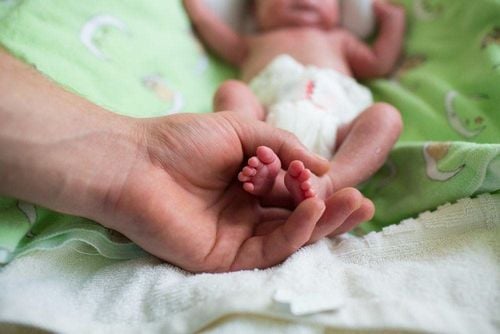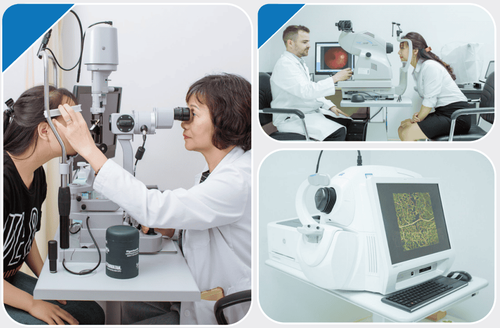This is an automatically translated article.
The article was professionally consulted by Specialist Doctor II Nguyen Thai Hung - Department of Medical Examination & Internal Medicine - Vinmec Danang International Hospital. Specialist II Nguyen Thai Hung has 13 years of experience as a doctor treating eye diseases.Premature babies are at risk of many dangerous diseases and complications because they have not had enough time to comprehensively develop their organs and complete all bodily functions. One of them is retinopathy of prematurity.
1. What is retinopathy of prematurity?
Retinopathy of prematurity is internationally known as Retinopathy of Prematurity, or ROP for short. This is an eye disorder caused by abnormal development of retinal blood vessels, usually in premature babies (before 31 weeks) or low birth weight babies (weighing less than 1.25kg). Retinopathy of prematurity can appear in both eyes. If not detected and treated early, it can cause vision loss in childhood, even permanent blindness.Trắc nghiệm: Thế nào là trẻ sơ sinh non tháng?
Trẻ sơ sinh non tháng rất cần được chăm và điều trị thật tốt để giúp giảm nguy cơ gặp phải các di chứng về tinh thần, vận động và sự phát triển sau này. Cùng theo dõi bài trắc nghiệm dưới đây để có thể nhận biết trẻ sơ sinh non tháng và có thêm kiến thức chăm sóc, nuôi dưỡng tốt nhất cho trẻ.The following content is prepared under supervision of Thạc sĩ, Bác sĩ y khoa, Ma Văn Thấm , Nhi , Phòng khám Đa khoa Quốc tế Vinmec Dương Đông(Phú Quốc)
2. Causes of premature babies with retinopathy
Normally, a baby's eyes begin to develop from the 16th week of pregnancy, marked by the appearance of retinal blood vessels in the optic nerve at the back of the eye. The retinal blood vessels gradually grow towards the edge of the retina, supplying oxygen and nutrients to the edge of the retina. This development happens faster in the last 12 weeks of pregnancy. Premature babies are born prematurely, causing the development of retinal blood vessels to be interrupted, the blood vessels have not been able to reach the edges of the retina. The retina is not fully developed, not being supplied with enough oxygen and nutrients, leading to the possibility of retinopathy.Premature babies have a higher risk of retinopathy. Subjects that need to be checked and monitored for retinopathy in premature infants include:
Premature babies under 31 weeks Children with birth weight less than 1.5kg Children with birth weight between 1.5kg - 2kg and This is a case of multiple pregnancies. Children with birth weight from 1.5kg - 2kg but with comorbidities such as asphyxiation at birth or prolonged need to breathe oxygen.
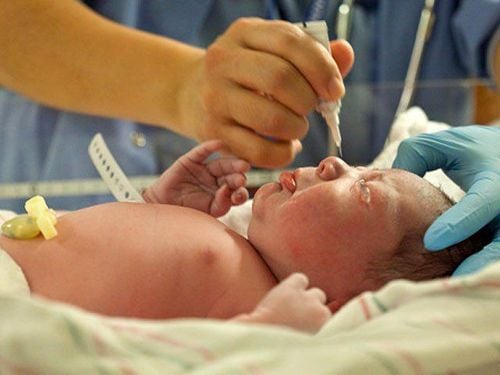
3. Signs of retinopathy in premature babies
Neonates are at varying degrees of risk for retinopathy of prematurity. Each level has its own signs and symptoms.Retinopathy of preterm infants is divided into 5 stages:
Stage I: The retinal blood vessels have mild abnormal development Stage II: The retinal blood vessels have moderate abnormal development Stage III : Severe abnormal growth of retinal blood vessels Stage IV: Severe abnormal growth of retinal blood vessels and partial loss of retina Stage V: Total retinal detachment Abnormal development The normality of the retinal blood vessels cannot be seen with the naked eye but must be supported by medical equipment, until the retinopathy of prematurity becomes severe, the child may have the following signs:
Abnormal eye movements Stray eyes The pupils are white.
4. Is retinopathy in premature babies dangerous?
Retinopathy of prematurity is usually not present even after birth. Some children will have normal retinal blood vessels. Some children, after a time when the retinal blood vessels do not supply enough oxygen and nutrients to the edge of the retina, will become ill.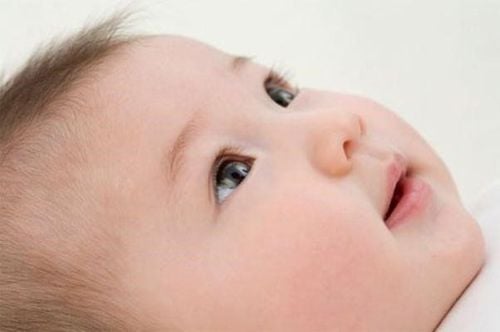
Most cases of retinopathy of prematurity are mild (about 90%), the disease improves on its own and has no lasting effects. However, parents still need to take their children to have regular eye exams and follow up regularly to avoid complications later on.
Severe neonatal retinopathy needs to be treated as soon as possible, otherwise it will cause vision loss, in many cases permanent blindness. An estimated 1,100 - 1,500 infants with retinopathy require treatment each year.
5. Treatment of retinopathy in premature babies
Retinopathy of prematurity can be treated with laser or cryosurgery. The sooner the disease is treated, the more effective it will be. However, retinopathy of prematurity in the early stages cannot be detected with the naked eye, so it is difficult to recognize. Therefore, premature babies or low birth weight babies need to be screened after birth about 4 weeks to promptly detect the diseases encountered and have a timely treatment plan.Ophthalmology at Vinmec Times City International Hospital is a prestigious unit in the field of care and treatment of eye diseases in premature babies. Currently, the hospital is applying Pascal beam laser with many advantages. This is the most advanced retinal laser photocoagulation device in the world today, overcoming many disadvantages of today's common lasers. The laser effect time on the retinal tissues is very short, does not cause extensive burns around the laser area, so it helps to control the desired effect, causing less damage to the retina around the laser area. Besides, this is a safe method of treating the macular area. Moreover, this method causes no or very little pain, minimizing complications and side effects of the laser.
Please dial HOTLINE for more information or register for an appointment HERE. Download MyVinmec app to make appointments faster and to manage your bookings easily.






